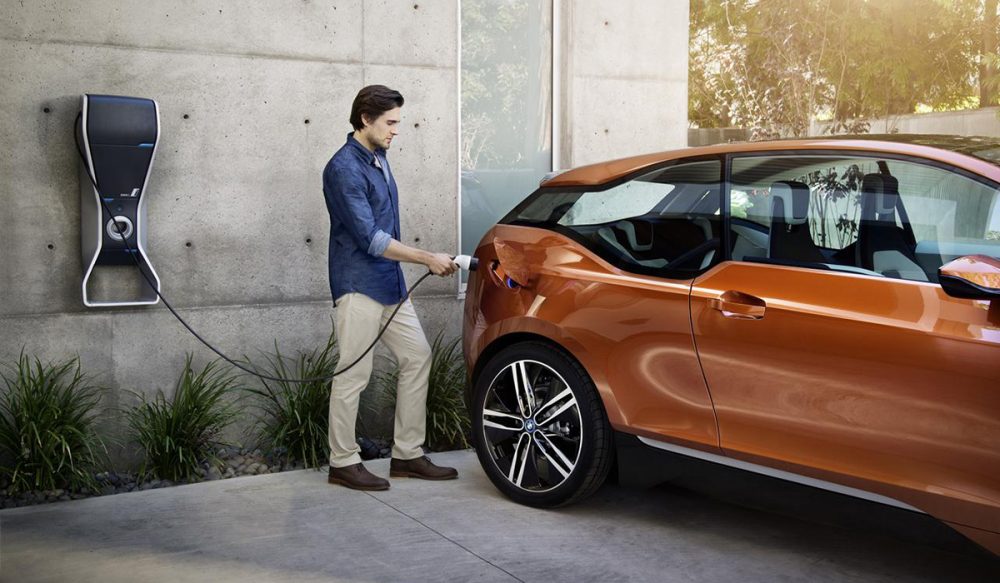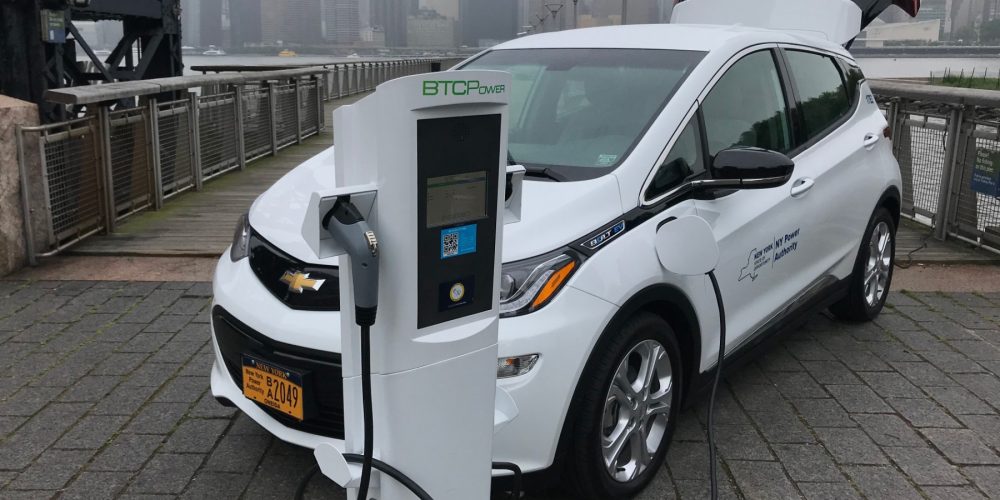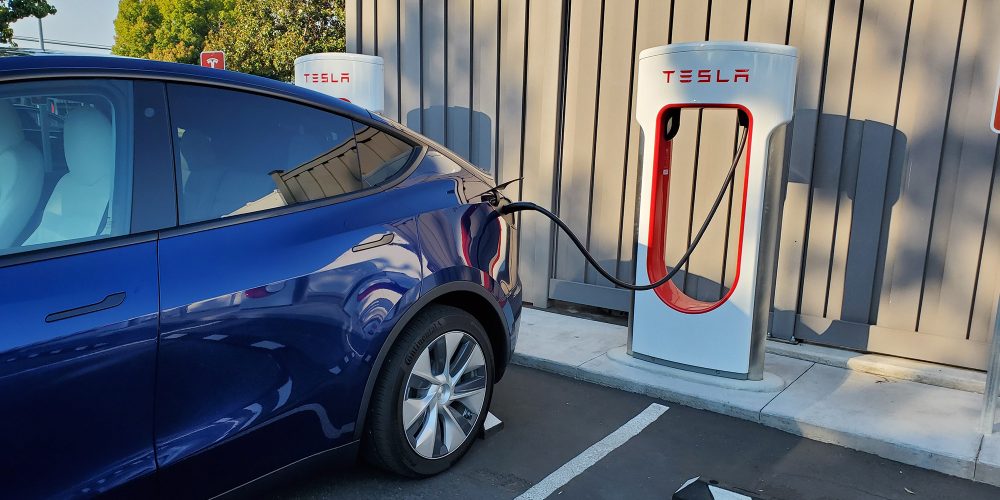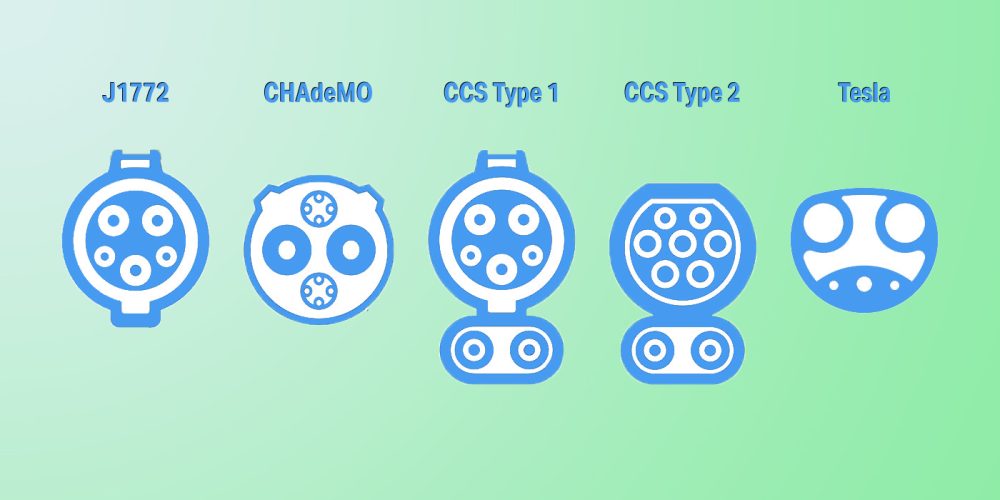
As more and more consumers make the green decision to forego their combustion engines for electric vehicles, they may not be as in tune with charging standards. kW, voltage, and amps might sound like jargon compared to miles per gallon, but these are essential units to understand to get the most efficiency out of your shiny new EV.
Let the following serve as a guide, offering all you need to know about the various charging options out there and how they differ.
Table of contents
Key charging terms to understand
Before we get into the charging standards for electric vehicles, you must be sure you understand some of the terminology you never came across with your ICE car.
The transition to electric energy output rather than combustion brings a new slew of units and the dreaded use of math (we know). Here are some key terms you will come across daily, so be sure to study up.
- Ampere (Amp) – A unit of measurement for electrical current.
- Connector / Cord set – A device attached a cable that connects to an EV allowing it to charge.
- kW (kilowatt) – A unit of measurement to express the output power of the electric motor. Think of it as how much energy the motor generates in a given amount of time. 1 kW = about 1.34 HP.
- kWh (kilowatt-hours) – A unit of energy marking the energy transferred in one hour by one kilowatt of power. EV battery capacity is measured in kWh, so think of it as your vehicle’s gallons of gas in its tank.
- Time of use (TOU) – A method of measuring and charging your energy consumption based on when the energy is used. Utility companies charge more at peak times of day when electricity use is higher.
- Volts – Units of measurement for the push that causes electrical charges to move in a wire.

Electric vehicle charging level standards
As the EV world currently operates, there are three levels to charging your vehicle based on varying speed and power. The tier system starts with the lowest charging at Level 1 and gets faster from there.
These levels are important to understand as they each offer pros and cons. Furthermore, each will be preferential at some point given your driving circumstances on a given day.
Level 1 – 120V chargers
Think of Level 1 as a universal charging option. If there is a wall socket nearby, you will be able to charge your EV without issue. A 120V socket and 15 amps remains the standard electrical outlet in North America, although you’re probably looking at more like 12 amps for a continuous load after de-rating your breaker.
Still following? Either way, it shouldn’t be too tough to find a plug in any home or garage, which is nice.
With that said, 110-120V is the bare minimum amount of juice you can pull into your EV. As a result, recharge times trickle at a rate of 3 to 5 miles of range per hour, based on the 1.4 kW power the average 120V wall socket supplies at 12 amps. So if the battery capacity of your 2021 Mustang Mach-E is 88kWh, you’re looking at days to charge, not hours. Nearly 63 hours by our count.
Charge Level 2 – 240V
Level 2 charging is quicker, almost as if the voltage is doubled! These chargers are the most common type found at public charging stations. 220-240V plugs usually offer around 40 amps and are usually more specifically placed in homes. Think of this charger as the equivalent to your dryer or other large appliances.
Many EV automakers suggest owners install a Level 2 charger in their home or garage if they can. This is generally fairly easy for an electrician or specialist to come and install. Especially since most homes in North America receive power at 240V anyway.
So if you’re boasting around 7.7 kW max power at 240V, you can charge that Mustang Mach-E significantly quicker. 11.5 hours sounds a lot better than 63 hours, no?

Level 3 – DC rapid/fast/Superchargers
The name may vary, but the process is the same. For the sake of explanation, let’s refer to them as DC fast chargers (DCFCs). These Level 3 chargers abandon the alternating current (AC) methods above to mainline power directly from the grid. While they require a lot more power (480+ volts and 100+ amps), their output is truly “super.”
DC fast chargers can offer 50-350 kW of power; some in Europe are even reaching 400 kW. Depending on the power available, a Level 3 charger can fully replenish your EV in twenty to thirty minutes. This type of charging is ideal for roadside stops, or retail where you may not be parked for too long or need to get back on the road.
Hyundai’s Ioniq 5 charged from 22% to 80% in just 16 minutes, so these fast charge numbers grow quicker by the day. It’s important to note that not all EVs are currently equipped for DC fast charging, although most all new EVs hitting roads do.
If that is the case for you, there are plenty of public charging stations that offer Level 2 power.

Electric vehicle charging standards for connectors
Now that we’ve covered the levels you can choose from when charging, we will focus on the equipment you may encounter. These charging connectors vary by electric vehicle and are separated into two categories – The standard Level 1 and Level 2 connector, and DC fast charging connectors. Here’s how they differ.

SAE J1772
This connector is the industry standard for all electric vehicles performing Level 1 or Level 2 charging. Whether it’s the cord provided with the purchase of your EV or the Level 2 charger outside of Whole Foods, the J1772 is going to connect.
CHAdeMO
This is the first of three types of connectors currently present on EVs and first introduced. Originally it was implemented to be the industry standard, developed through the collaboration of five different Japanese automakers.
As a result, the CHAdeMO connector remains affluent in Japan and on EVs from Japanese manufacturers. This includes automakers such as Toyota, Mitsubishi, Subaru, and Nissan.
CCS
Shortly after the CHAdeMO was introduced, a second connector called the Combined Charging System (CCS) was implemented as an additional charging standard.
Where CCS connectors differ from CHAdeMO, is that they allow for AC/DC charging on the same port. CHAdeMO-equipped EVs require an additional J1772 connector cord to achieve Level 1 or 2 charging.
This connector is the preferred mode of charging amongst European and American automakers, including BMW, Ford, Jaguar, GM, Polestar, Volkswagen, and even Tesla. Additionally, CCS is will be present on the upcoming Rivian EVs.
Tesla Supercharger
From day one, Tesla has chosen to pave its own way in the EV industry, and that is no different with its Supercharger connector. This proprietary connector exists on all Tesla models in North America, although it does offer CHAdeMO and CCS adapter for certain markets.
For example, its Model 3 was built with a CCS connector for Europe. Furthermore, older European Teslas were retrofitted with adapters to support the existing connector plus the standard CCS type 2. This helped Tesla owners utilize the growing charger network overseas.
Even after testing the connector adapter in the Korean market last December, Tesla has yet to bring it to North American drivers. Last month, however, EVgo announced it would be bringing Tesla compatible connectors to over 600 of its US charging stations. Regardless of the other connectors and their compatibility, Tesla’s Supercharger network already features over 20,000 charging stalls at over 2,100 stations around the world.
Most recently, Tesla CEO Elon Musk has shared that the American automaker will begin sharing its EV network with other EVs later in 2021.
For more detailed information, check out our Tesla Supercharger guide.
ISO 15118 / Plug and Charge
Regardless of whether you’re on an AC or DC charger offering any of the connectors above, it’s important to learn about ISO 15118 and the “Plug and Charge” capabilities currently being offered by more and more EV automakers.
ISO 15118 is a Vehicle to Grid (V2G) communication interface that allows for bi-directional charging/discharging of electric vehicles. One of the main features that utilizes this standard interface is Plug and Charge.
Essentially, the Plug and Charge protocol communicates with any charging station you plug into and relays what kind of EV you’re plugging in, seamlessly billing the driver. In this sense, the only action required by drivers is to plug the charging cable into their EV.
As a result, Plug and Charge eliminates the need for various swipe cards, fobs, or phone apps required by different charging networks pone might face on a given route.
Tesla has been offering this Plug and Charge technology for about a decade now, but other EVs like the Mustang Mach-E, the Lucid Air, and the Porsche Taycan support technology as a standard feature.
Resources for finding a charger
So you know what level you’re planning to charge at, and you’ve identified your proper connector. Now you’re out all day running errands, and you need to find a spot to recharge. Where to begin?
Luckily there is a vast library of public charging maps for you to utilize, usually in app form. If you’re not driving this very second, the touchscreen in your EV can probably help direct you too.
If not, here are some other resources to check out:
- Alternative Fuels Data Center (AFDC)
- AmpUp
- ChargeHub
- Chargemap
- ChargePoint
- Chargeway
- Electrify America
- EVgo
- Google Maps – Simply search for EV chargers
- Greenlots
- Open Charge Map
- PlugShare
- Tesla Supercharger Map
- Tesla App
Subscribe to Electrek on YouTube for exclusive videos and subscribe to the podcast.
Author: Scooter Doll
Source: Electrek



